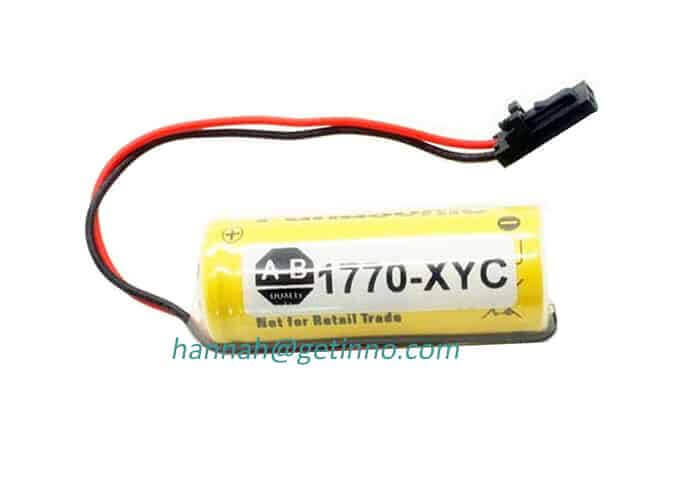The surge in service robot market capacity and the patent war drive the deep reshuffle of the industry
OFweekRobotNet News In recent years, home service Robots have emerged around the world, among which cleaning robots are the most common. However, after a few years of development, home service robots are far from reaching the level of popularity. With the development of robotics technology and the realization of the potential of the global market, the home service robot market is experiencing rapid growth.
In recent years, robot applications have gradually changed fromindustryThe field has turned to cleaning, medical care, helping the elderly and the disabled, and home services. my country’s service robot market has developed rapidly. According to data, it is expected that the annual compound growth rate of my country’s service Robot Industry will reach 40% in the next five years, and the market penetration rate will gradually increase. promote. Domestic service robot products are mainly concentrated in cleaning robots, educational robots, entertainment robots, medical robots and security robots. Among them, cleaning robots have begun to take shape in China, and the market capacity is also rapidly increasing.
According to the “2016 China Robot Industry Research Report” released by iiMedia Research, a global mobile internet third-party data mining and analysis agency, it is expected that the global service robot market sales will reach 34.9 million units by 2018. Many industry insiders also said that the main growth of the global household cleaning robot market in the future will be in China, and China will become the forefront of the booming development of household cleaning robots with its strong market consumption.
In terms of R&D and production, due to the late start of domestic R&D in the field of service robots, compared with the United States, Japan and other major service robot R&D countries, China’s independent R&D capabilities need to be supplemented. Of course, this also means that the development of my country’s service robot industry will face greater opportunities and development space.
At present, service robots such as sweeping robots and surgical robots have achieved certain results in developed markets, and the growth rate has gradually slowed down. my country has become the largest market for service robots at present. However, under the current flawed conditions of industry development, the patent war is driving a deep reshuffle of the industry.
The technology of the sweeping robot mainly focuses on three parts: one is the sensor, which perceives the surrounding environment; the second is judgment, how to act after encountering an obstacle after calculation; the third is the motor ability of the machine, the feedback to the command.
Wang Gaoxiang, Manager of Innovation and Entrepreneurship Division of CCID Consulting Co., Ltd., said, “In essence, most of the current sweeping robot products cannot meet the cleaning needs of users, which is the reason why its penetration rate is slow to increase. Robots have the same appearance and mixed quality, and it is difficult for ordinary users to distinguish the pros and cons when purchasing.”
It is worth noting that with the maturity of the industry and the open source of related technologies, the technical barriers of sweeping robots are declining. After new players join, the competition begins to intensify. Whether it is home appliance giants such as Samsung, LG, and Haier, or emerging startups such as Ecovacs and Xiaomi, they can all produce products with similar functions.
There were already related products of sweeping robots 10 years ago. At that time, the price was high and the intelligence was low, which also led to low sales. In the past two years, the price of the machine has been declining, and the unit has dropped from 10,000 yuan to 1,000 yuan, which has driven growth. On the other hand, the degree of intelligence has been improved, and the sweeping robot can automatically charge and intelligently plan paths. However, no brand is particularly strong at present. Everyone feels that there is an opportunity. It is in a rapid start-up period, and it is also prone to patent wars.
For Chinese enterprises, they should start from scratch, do solid basic work such as patent application and inspection, and try not to get caught. In addition, strategically, it is necessary to carefully analyze the target market, choose a good entry method and timing, and try to avoid falling into a war of attrition. While the market structure is still in contention, the patent war takes precedence. This not only preserves intellectual property, but also increases the acceptance of new things through industry exposure. In the future, China’s service robot market will usher in a healthier and more orderly development.
The Links: ACS150-03E-02A4-4 / 68581753 JZNC-NRK02-1
Pre: Still worried about losing your job?F... Next: Han’s Robot made a wonderful ap...




